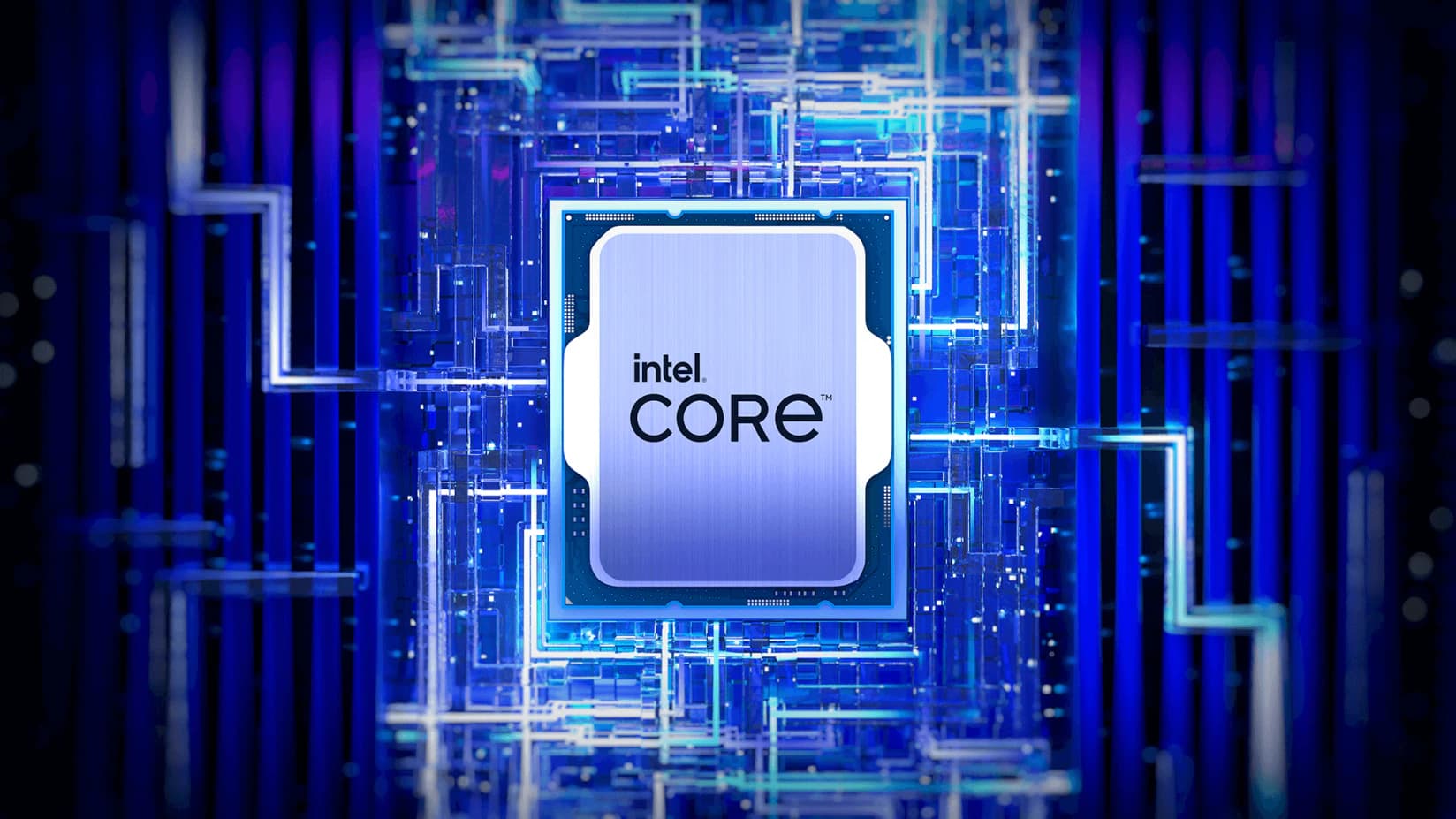A Complete Guide To Intel Processors Naming Convention

Intel has been a leader in processor manufacturing. It has been producing some of the leading CPUs in the market. However, producing a lot of CPUs of different models can be very difficult to determine what is the difference between one and another. Intel has a clear naming convention, but this requires knowledge of their naming conventions and what each number or letter means, which can prove to be challenging.
We will explain Intel naming conventions and the different brands and generations.
In July 2023, Intel announced major changes in the naming scheme for their naming scheme from 14th generation processors (Meteor Lake) onwards. Therefore, we will talk about both the new naming system and the legacy naming system.
Below are parts of an intel processor name. Each processor name consists of a brand, brand modifier, Generation, SKU, and product line.

Further, we explain what each part means in-depth:
Brand
This is the overall product line the processor was created for. There are several brands:
- Intel Core - They are designed for mainstream users for example laptops and desktops. They provide faster performance and additional features.
- Intel Celeron - Designed for low-cost personal computers.
- Intel Pentium - They are budget-friendly, for basic users such as tablets and low-budget laptops.
- Intel Atom - They are power-efficient processors mainly designed for mobile devices.
- Intel Xeon - They are scalable processors that offer a high level of performance usually for servers and workstations.
Brand Modifier
This applies to Intel Core brand processors. The brand modifiers are i3, i5, i7, and i9. A higher brand modifier offers a high level of performance and additional features. These may include a higher number of cores in the higher brand modifier or even Hyper-Threading capabilities. With the introductions of Performance (P-Cores) and Efficiency(E-Cores), higher brand modifiers can have more P-Cores than E-cores while a lower brand modifier has more E-cores and fewer P-cores.
It should be noted that you can only compare processors using the brand modifier only if they are of the same generation. Generation meaning has been discussed in-depth below.
Generation Indicator
This is the first one or two digits of digits after the brand modifier. For example, the 6300U is the sixth generation and 11900K is the 11th generation. 1065G7 is also the 10th generation (These G line processors have two-digit SKU numbers unlike the rest with other or no letters like K). The generation is also able to tell us how old the CPU is. The generation indicates when the chip was made. Refer to the table below:
| Generation | Codename | Release Date | Socket |
|---|---|---|---|
| 1st | Nehalem | 2010 | LGA1156/1366 |
| 2nd | Sandy Bridge | 2011 | LGA1155 |
| 3rd | Ivy Bridge | 2012 | LGA1155 |
| 4th | Haswell | 2013 | LGA1150 |
| 5th | Broadwell | 2015 | LGA1150 |
| 6th | Skylake | 2015 | LGA1151 |
| 7th | Kaby Lake | 2016 | LGA2066/1151 |
| 8th | Kaby Lake Refresh | 2017 | LGA1151 |
| 9th | Coffee Lake | 2017 | LGA1151 |
| 10th | Cannon Lake/Ice Lake | 2018 | LGA1200 |
| 11th | Tiger Lake | 2020 | LGA1200 |
| 12th | Alder Lake | 2021 | LGA1700 |
| 13th | Raptor Lake | 2022 | LGA1700 |
| 14th | Raptor Lake refresh | 2023 | LGA1700 |
SKU Numeric Digits
Majority of the chips have 3 SKU digits. However, some have two-digit SKU. The SKUs are assigned in order. A higher SKU within the same generation generally indicates more features.
SKUs cannot only be used for comparison within the same generation and brand modifier.
Product Line Suffix
Product line suffix is an indicator of the processor's capabilities and features. Below is a list of common processor suffixes:
| Suffix | Meaning |
|---|---|
| K | Unlocked. It can be overclocked freely |
| S | Special edition. They are performance optimized. |
| U | Ultra-low power, mobile power efficient. These are mostly for laptops. |
| F | High-performance processors that lacks integrated graphics. Thus, they require descrete processors. |
| E | Embedded processor. |
| S | Special edition, performance-optimized lifestyle. |
| G1-G7 | Graphics level where higher indicated better graphics. Processors with better integrated graphics technology. |
| G | Includes discrete graphics on the package. |
| H | High performance and is optimized for mobile for example gaming laptops |
| HK | High performance and optimized for mobile, unlocked. (basically H, but unlocked.) |
| HQ | High performance optimized for mobile, quadcore |
| T | Power-optimized lifestyle, power efficiency over performance for desktops. |
| Y | Mobile, extremely low power |
| X/XE | Unlocked, High End, Extreme edition |
| C | Desktop processors based on the LGA 1150 package with high performance graphics. |
| M | For Mobile |
| B | Ball Grid Array (BGA) |
| P | Power and thermal efficiency with more power than U series |
| Q | Quad-core |
| R | Desktop processors based on BGA 1364(mobile) package with high performance graphics. |
There are some that have the combination of more than one suffix letter. For Example Intel Core® i9 12-900KS, It is both an unlocked processor and a special edition that was released on April 5th, 2022.
With that you should be able to identify a processor at a glimpse or have a pretty solid idea of its capabilities, intended use and most importantly the age. We all want the latest and greatest processor, and why not?